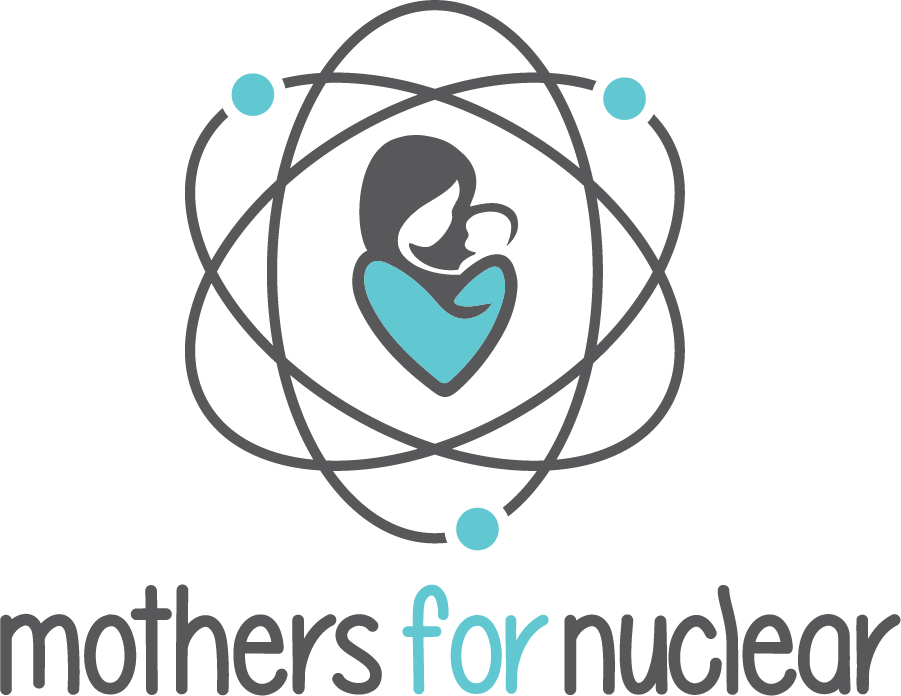NCSU, MfN, and Native Nuclear Partnership for Collaboration-Based Siting
DOE Gives 12 awards to Support Collaborative approach for Siting for UseD Fuel storage
Collaboration-based siting is an approach to siting facilities that focuses on the needs and concerns of people and communities. With this program, the Department of Energy hopes to enable a large range of perspectives and approaches to learn how to do this process well.
Twelve project teams represent diverse organizations with wide geographical reach. One of the teams includes Mothers for Nuclear in partnership with North Carolina State University and Native Nuclear.
We specifically hope to help find the best ways to ensure that everyone who should be included in this conversation IS included and are excited for this opportunity to facilitate further discussions with respect to the question: “What about the waste!?” This is almost always one of the first things community members ask us about nuclear energy.
Yucca Mountain was a failure for many reasons, but largely because the proposal assumed that communities already impacted by nuclear issues (the Nevada Test Site!) might not have further concerns when faced with other nuclear topics. But it turned out that not all the local communities and government entities were on board with the idea and over $15B was spent on a project that is now essentially mothballed and politically “dead”. We must be conscious of these past failures when determining a better path for the future.
Communities participate in the siting process by working carefully through a series of phases. Each phase helps a community determine whether and how hosting a facility is aligned with that community’s goals. By its nature, a collaboration-based siting process must be flexible, adaptive, and responsive to community concerns. Thus, the phases and steps are intended to serve as a guide, not a prescriptive set of instructions. This project is Phase 1 - Planning and Capacity Building.
We also hope to talk about nuclear’s role in fighting against climate change and in achieving a just transition to clean energy. All parts of the nuclear fuel cycle must be considered, from mining, milling, and energy production, to waste storage and potential recycling and reuse scenarios. Ultimately, our goal is to involve local communities in all aspects of an energy source that can give us all hope for the future of humanity on this planet.
Here are posts about the community workshops we’ve hosted over the past two years
(also on our “Past Activities” blog):
January 27, 2024: Raleigh, NC
June 15, 2024: Salt Lake City, UT
Aug 24, 2024: Chicago, IL
May 10, 2025: Oklahoma City, OK
July 12, 2025: Washington, D.C.
August 2, 2025: San Diego, CA
August 22, 23, 24, 2025: Bluff & Blanding, UT
Mothers For Nuclear CBS Video Short
Mothers For Nuclear on CBS (longer version)
Here’s a copy of our presentation.
Check out this video about consolidating used fuel at an interim storage facility—created by our amazing team of nuclear engineering grad students at NC State University.
* Native Nuclear was previously organized under the name Tribal Consent-Based Coalition (TC-BC).
Canada’s Plan For the Future of its Spent Fuel
________________________
Lisa puts the social science front and center when talking about Canada’s plan for managing used nuclear fuel. There are so many lessons we can all learn about how the Nuclear Waste Management Organization (NWMO), a nonprofit launched by the Canadian government in 2002, has engaged with all levels of the community to decide together on the best path forward for this multigenerational project.
Give it a listen 🎧 Apple Podcasts | Spotify | Amazon Music
Spent Fuel Cask Pregnancy Photoshoot
————————————
Nuclear advocate Madi Hilly stands beside used nuclear fuel, while obviously pregnant, help to humanize and demonstrate that just because something sounds scary or may be emotionally triggering, that scary isn’t always the same as dangerous.
The massive containers holding used fuel are engineered to endure extreme conditions — from high-speed crashes and fires to water submersion — and must pass rigorous tests mandated by the Nuclear Regulatory Commission. And they are placed in arrangements behind enough concrete to allow a pregnant woman to walk right up next to it. The resilience of this system demonstrates the nuclear industry’s commitment to managing radioactive materials for the long term in ways that don’t negatively impact human health or the nature around us.
Willing to Listen
A community engagement platform detailing Canadian community engagement around used fuel storage
————————————
Willing to Listen is hosted by Sheila Whytok, an amazing Mother for Nuclear in Canada. Check out their podcast where you can join Sheila and guests as they discuss a wide range of topics, including the science behind Deep Geological Repositories around the world, the Nuclear Waste Management Organization, nuclear energy, safety, local issues, and much more.
Spent Fuel Solutions Coalition
________________________
Spent Fuel Solutions is a coalition of local governments, utilities, environmental groups, labor, Native American leaders, and community members focused on solutions for the nation’s used nuclear fuel. Formed in 2021, the coalition advocates for a consent-based, collaborative siting process and supports federal action to provide offsite storage and permanent disposal.
Used fuel can be stored securely onsite in passive dry casks, but decommissioned sites cannot be fully restored until the fuel is relocated. Along with local communities, we are eager for reclamation of land that may have more useful purposes!











